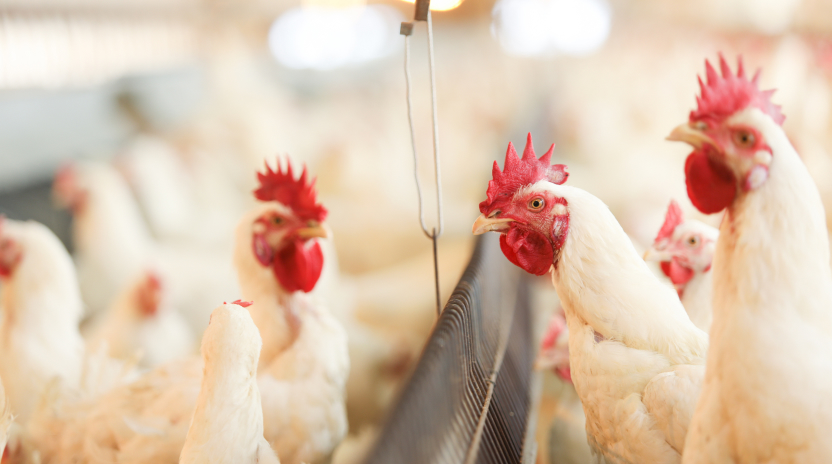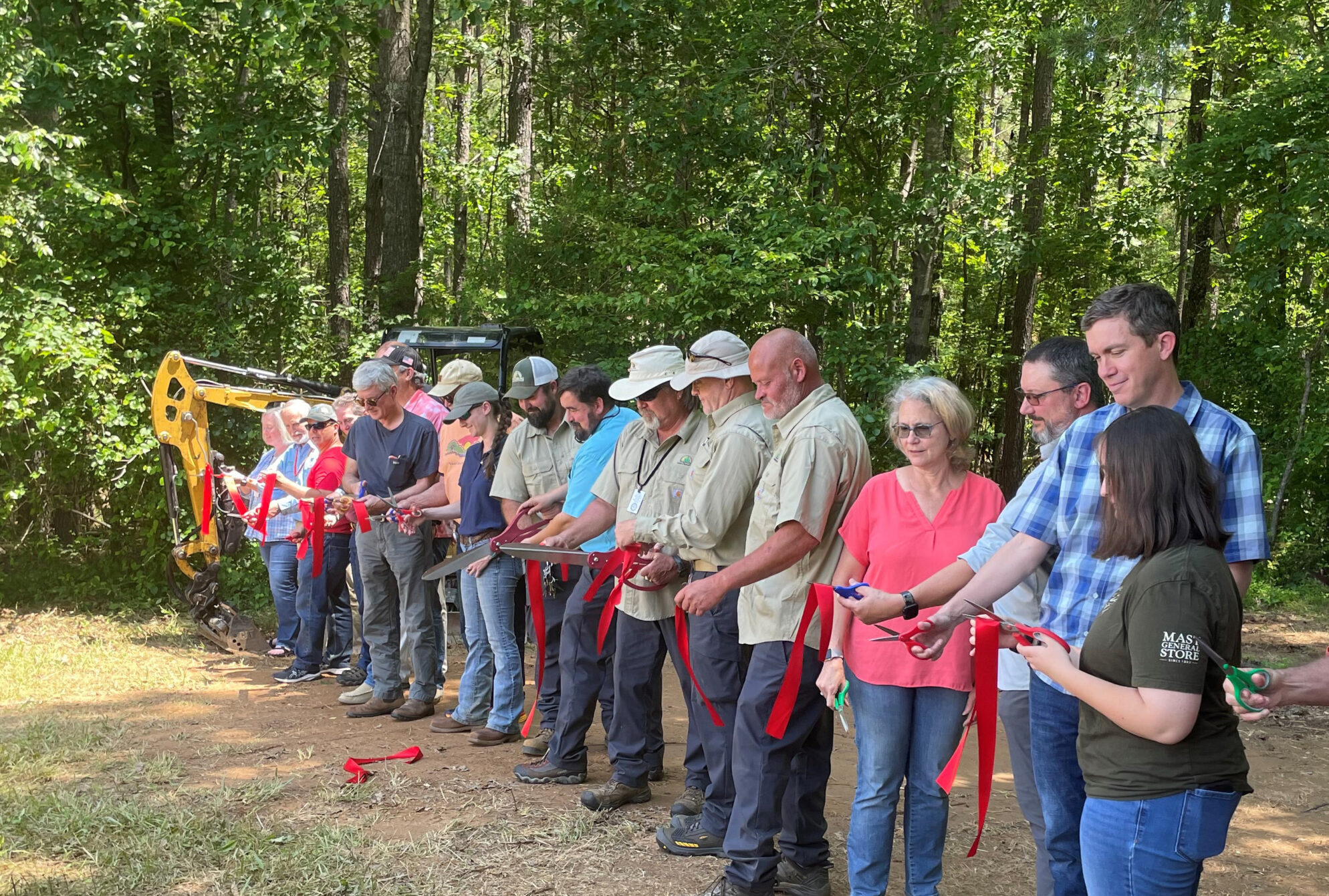Environmental goals and updates
At Wayne-Sanderson Farms, our vision of making chicken amazing is driven by our responsibility to the planet. As the nation’s third-largest poultry producer, we are dedicated to producing quality and affordable chicken products that are not only good for our customers but also good for our environment.
Through efforts in waste reduction, conservation, and renewable energy, the company has reduced our resource consumption, reused and renewed natural resources such as water, and diverted waste from landfills.
Reducing Waste
Product packaging is an area where the company has the opportunity to make a significant impact on sustainability by providing customers with recyclable packaging, as well as recycling and reducing waste in our own operations. Our waste footprint is comprised of non-food waste from operations including recyclable waste, animal by-products such as egg shells and feathers that are sent to rendering, as well as trash sent to the landfill.
Prior to the formation of Wayne-Sanderson Farms, the Wayne Farms company had identified sustainability goals for 2025, which Wayne-Sanderson Farms achieved in advance during 2023.
50% Offset
Water Conservation
Water is a precious resource, and recycling water decreases the amount taken from the ecosystem. Wayne-Sanderson Farms’ innovative wastewater treatment and state-of-the-art water renovation systems return clean and carefully tested water to the environment.
15%
Energy Conservation
Recognizing that our plant and feed mill operations consume the majority of energy across all facilities, the company is continually striving to lower our impact on the environment by using energy-efficient equipment and employing good manufacturing practices that reduce energy consumption.
Our company utilizes a portion of our wastewater treatment process to generate renewable energy by capturing and refining biogas. By utilizing Pressure Swing Adsorption (PSA) systems, our facilities produce biogas refined to pipeline quality natural gas to be reused in our facilities and provide significant natural gas savings at those facilities.
329,000
Reducing Emissions
In addition to energy conservation, our sustainability strategy is to continuously monitor and evaluate all sources of greenhouse gases to identify potential opportunities for increased efficiency and reduced emissions. This includes Scope 1 and 2 emissions resulting from fuel combusted in processing plants, liquid CO2 and dry ice used in product packaging for refrigeration, electricity purchased for operations, biogas that is combusted or flared at processing facilities, wastewater treatment lagoons, as well as fuel combusted by company-owned jet and fleet vehicles.
10%
Looking Forward
As we continue to integrate the diverse operations of our new company, we will assess and align the sustainability reporting metrics of our two legacy companies over the next year and set new goals for sustainable operation for the coming years. Collecting and verifying data will be our primary short-term goal to ensure both legacy companies have complete and accurate environmental data to report for 2023.



